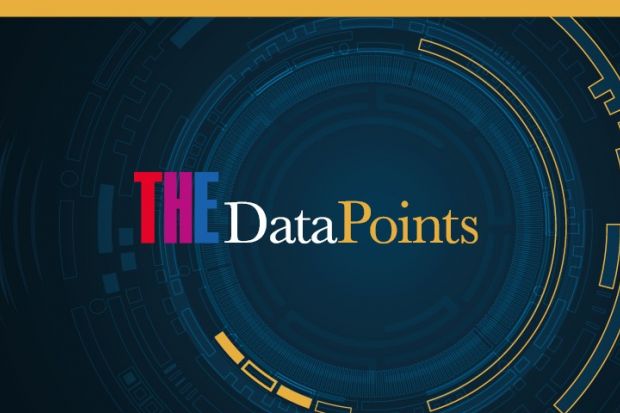How it works
Built on the 500,000+ data points that comprise Times Higher Education’s global university database, THE DataPoints is the strategic dashboard that you need to keep your finger on the pulse of your institution’s performance.
THE DataPoints is a single, cloud-based, interactive platform for your institution’s data, accessible from anywhere.
Key features
- Built on the THE global database of 500,000+ data points and more than 1,300 institutions, growing monthly and annually;
- Framed by THE performance indicators, including rankings and other critical measures of performance, with credibility globally;
- Showcases both stand-alone and comparative performance, helping you identify strengths and weaknesses in your institution’s performance;
- Immediate takeaways for strategic planning, further internal investment analysis, or to frame a high-profile funding or marketing case.
Institutions featured in the THE World University Rankings
THEData+ provides an informed overview of how your university compares to similar institutions also in the rankings.
Institutions yet to feature in the THE World University Rankings
THENewData provides an insight into your institution’s characteristics and is based on the same analysis used in our World University Rankings. Even if your university is not currently ranked, it can be benchmarked against those institutions that are ranked.
Our rankings methodology
The data behind our rankings are based on institutional data submitted via our portal, the Academic Reputation Survey and Scopus data provided by the 12.1 million papers in the Elsevier database. This data forms the 13 metrics that feed into the five pillars of the rankings to give you an accurate and credible picture of your global performance. This data can be used to build a better understanding of your institution and its peers – potential partners or competitors – in a global context. The THE World University Rankings have expanded to include approximately 1,000 institutions this year. We are committed to increasing our global view year-on-year to ensure that our rankings remain the most complete in the world.
DataPoints Portal – Home
Get a high-level analysis of how your institution is performing. See how your institution ranks against others across the five pillars in different regions, countries and worldwide, helping you to identify your strengths and weaknesses.
Our metrics allow you to drill down to the granular data behind the rankings, allowing you to identify opportunities for investment.
Register to continue
Why register?
- Registration is free and only takes a moment
- Once registered, you can read 3 articles a month
- Sign up for our newsletter
Subscribe
Or subscribe for unlimited access to:
- Unlimited access to news, views, insights & reviews
- Digital editions
- Digital access to THE’s university and college rankings analysis
Already registered or a current subscriber? Login
